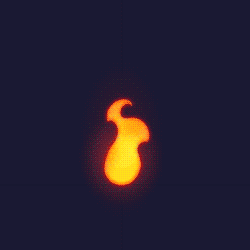Welcome on the forum, OutlineOutlaw!
Are you importing a sequence of images in Spine? What would you specifically want to do?
Usually attaching each image to a bone, then animating the bone will do the trick.
Sequences are generally used for things like fire, smoke, or quick outstanding changes of poses. Does your sequence fall in these categories?
If yes you can turn your images into meshes to be able to create variations, just like in this tip: Spine: Tips: 59 flame frame bones
 Loading Image
Loading Image
If this is not the case however, you may want to separate the various parts so that each can be attached to a bone that you can animate.
You can have the feet always stay on the ground using IK constraints:
Inverse Kinematics - Spine User Guide
There are several possible usages for IKs on feet, such as on Spineboy and on the Mix-and-match project:
Spineboy example: Legs
Mix and Match example: Mix and match
I suggest opening these two projects from the Examples tab of the Welcome screen and trying them out:
Welcome Screen - Spine User Guide: Projects